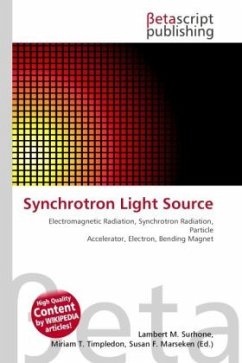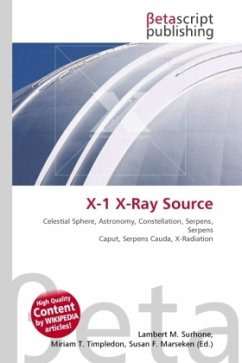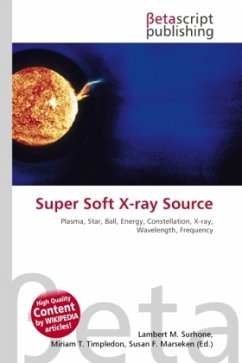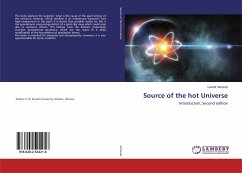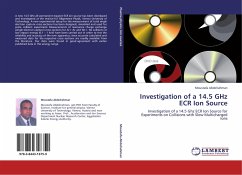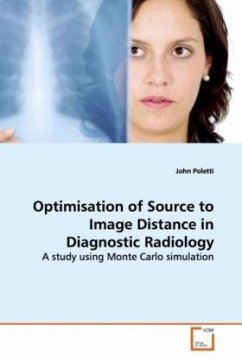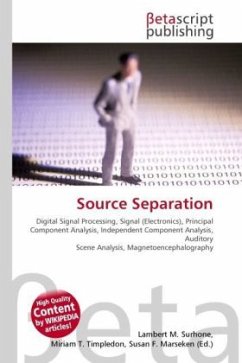
Source Separation
Versandkostenfrei!
Versandfertig in 6-10 Tagen
19,99 €
inkl. MwSt.

PAYBACK Punkte
10 °P sammeln!
High Quality Content by WIKIPEDIA articles! Source separation problems in digital signal processing are those in which several signals have been mixed together and the objective is to find out what the original signals were. The classical example is the "cocktail party problem", where a number of people are talking simultaneously in a room (like at a cocktail party), and one is trying to follow one of the discussions. The human brain can handle this sort of auditory source separation problem, but it is a very tricky problem in digital signal processing. This was first analyzed by Colin Cherry....
High Quality Content by WIKIPEDIA articles! Source separation problems in digital signal processing are those in which several signals have been mixed together and the objective is to find out what the original signals were. The classical example is the "cocktail party problem", where a number of people are talking simultaneously in a room (like at a cocktail party), and one is trying to follow one of the discussions. The human brain can handle this sort of auditory source separation problem, but it is a very tricky problem in digital signal processing. This was first analyzed by Colin Cherry. Several approaches have been proposed for the solution of this problem but development is currently still very much in progress. Some of the more successful approaches are principal components analysis and independent components analysis, which work well when there are no delays or echoes present; that is, the problem is simplified a great deal. The field of computational auditory scene analysis attempts to achieve auditory source separation using an approach that is based on human hearing.




